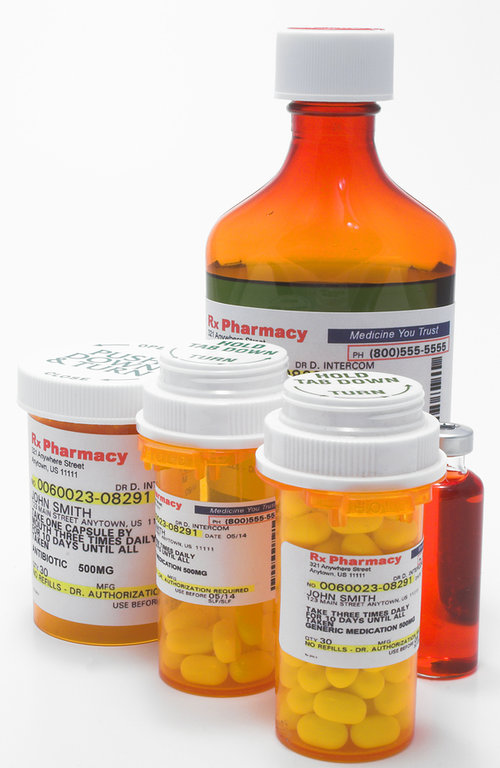Better analysis needed on non-medical use of opioids
A piece written for the Pain News Network by IDHDP board member Willem Scholten PharmD MPA. Willem is an independent consultant for medicines and controlled substances at Willem Scholten Consultancy in the Netherlands.
21 May 2017A few months ago, the medical journal World Psychiatry published an article that focused on the global non-medical use of prescription drugs, particularly psychoactive substances such as opioids.
Unfortunately, the two authors -- Dr. Silvia Martins and Dr. Lilian Ghandour -- ignored the distinction between prescription and prescribed opioids, adding unnecessary confusion to the already complex debate about access to pain treatment. Further, Dr. Martins said in the Washington Post that the non-medical use of psychoactive substances could turn into a pandemic if we are not careful.
Both authors are affiliated with Columbia University’s Mailman Institute of Public Health, which claims to work in the interest of underserved people in developing countries. Access to effective pain treatment in developing countries is already now more difficult than in the U.S.

Elsewhere, I have demonstrated that access to prescribed opioids for adequate pain treatment is a problem for 5.5 billion people living in countries where opioid analgesics are not available or inaccessible for patients in need.
In most countries, the per capita consumption of legitimately prescribed opioid analgesics (as officially reported to the International Narcotics Control Board) remains much lower than in the U.S. and Canada, in extreme cases even up to 50,000 times lower.
Click here to read the full article
If you have any comments please tweet us @idhdp or visit our facebook page
Doctors can lead the way to healthier drug policies – join IDHDP now
